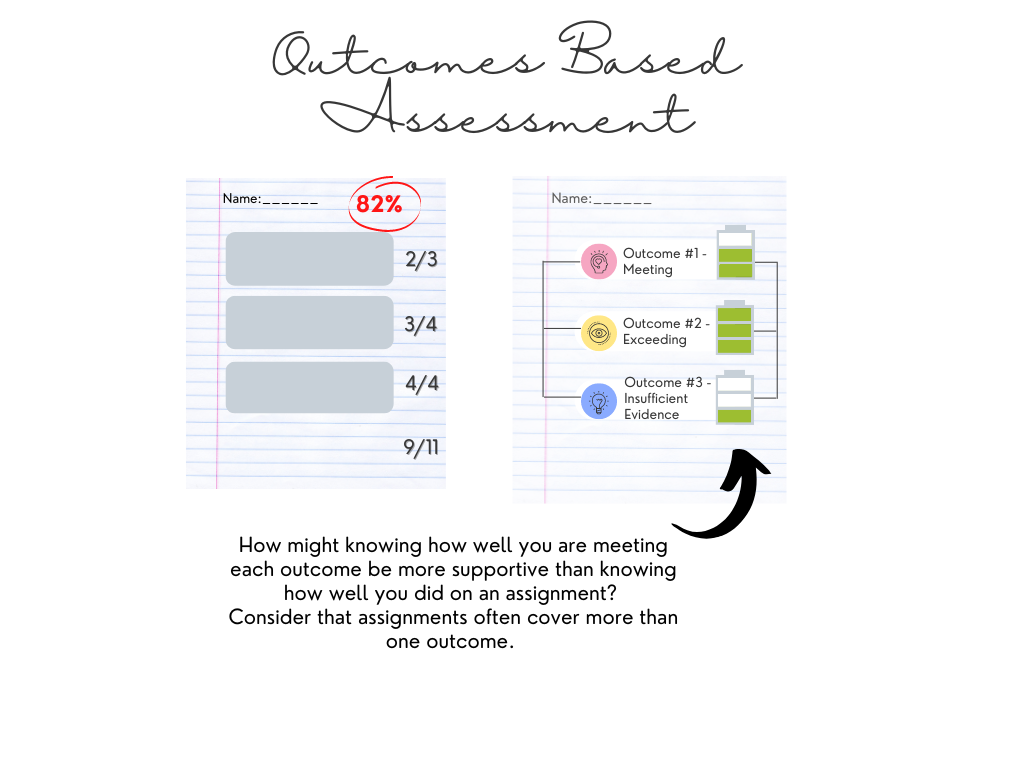You May Have Too Much Content, But What Should You Take Out?
 One of my favourite blog posts is actually entitled “Everything you know about curriculum may be wrong, really” and it’s by Grant Wiggins. I know it’s a depressing title, but it speaks to the problem we often have in higher education of thinking of curriculum as content. Wiggins’ post goes back to Dewey and Tyler to clarify that higher education is not about learning the sum of knowledge: “In medicine, engineering, business, and law courses are no longer built backward from content. They are built backward from key performances and problems in the fields.”
One of my favourite blog posts is actually entitled “Everything you know about curriculum may be wrong, really” and it’s by Grant Wiggins. I know it’s a depressing title, but it speaks to the problem we often have in higher education of thinking of curriculum as content. Wiggins’ post goes back to Dewey and Tyler to clarify that higher education is not about learning the sum of knowledge: “In medicine, engineering, business, and law courses are no longer built backward from content. They are built backward from key performances and problems in the fields.”
Since there is always more content as knowledge develops, and I, as an expert, might know much more than my novice students can hope to learn in 3 hours a week for a single term, how can I decide what to include? The key is thinking about the essential ideas of the course and what skills and knowledge students require to really learn them. Wiggins and Jay McTighe (his long time collaborator) propose a three-step process that is simplified here that helps you make the call about what you need and what you could let go:
- Start from the essential question or question the course is about. It’s a question at the heart of a discipline and doesn’t have one answer. It has layers of complexity that the course is built around, like “How has the way we define a fair trial changed in Canada and why?” This main idea should come up every time the class meets.
- Determine what students need to know to answer the question. Those are your critical skills, knowledge and processes. Because you have the expertise, you are likely overestimating how well novices need to know them, but probably right about what a student can’t be successful without knowing or doing – look at your list again and try to make it simpler or shorter. The items on the “need to know” list need to come up often or be practiced.
- Catalogue other nice to know information, stories etc. that you include to make the course richer or more interesting. These are “if you have time.” If you can get the rest of the content manageable you might choose to touch on these in one class only, and want to make it clear to students that you won’t assess this content.
I actually like to do this by moving around sticky notes, but you can also do it by writing on a template, like a Big idea chart. When you take the time to do this, it becomes much more clear what you need to devote teaching time to and what you should assess. It’s also the only good way to have the right amount of content.
Need more help? Email gmctl@usask.ca
Featured image courtesy of hobvias sudoneighm under a CC-BY license.


